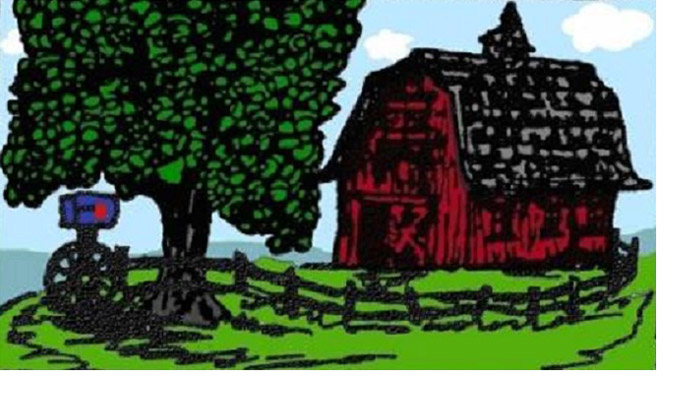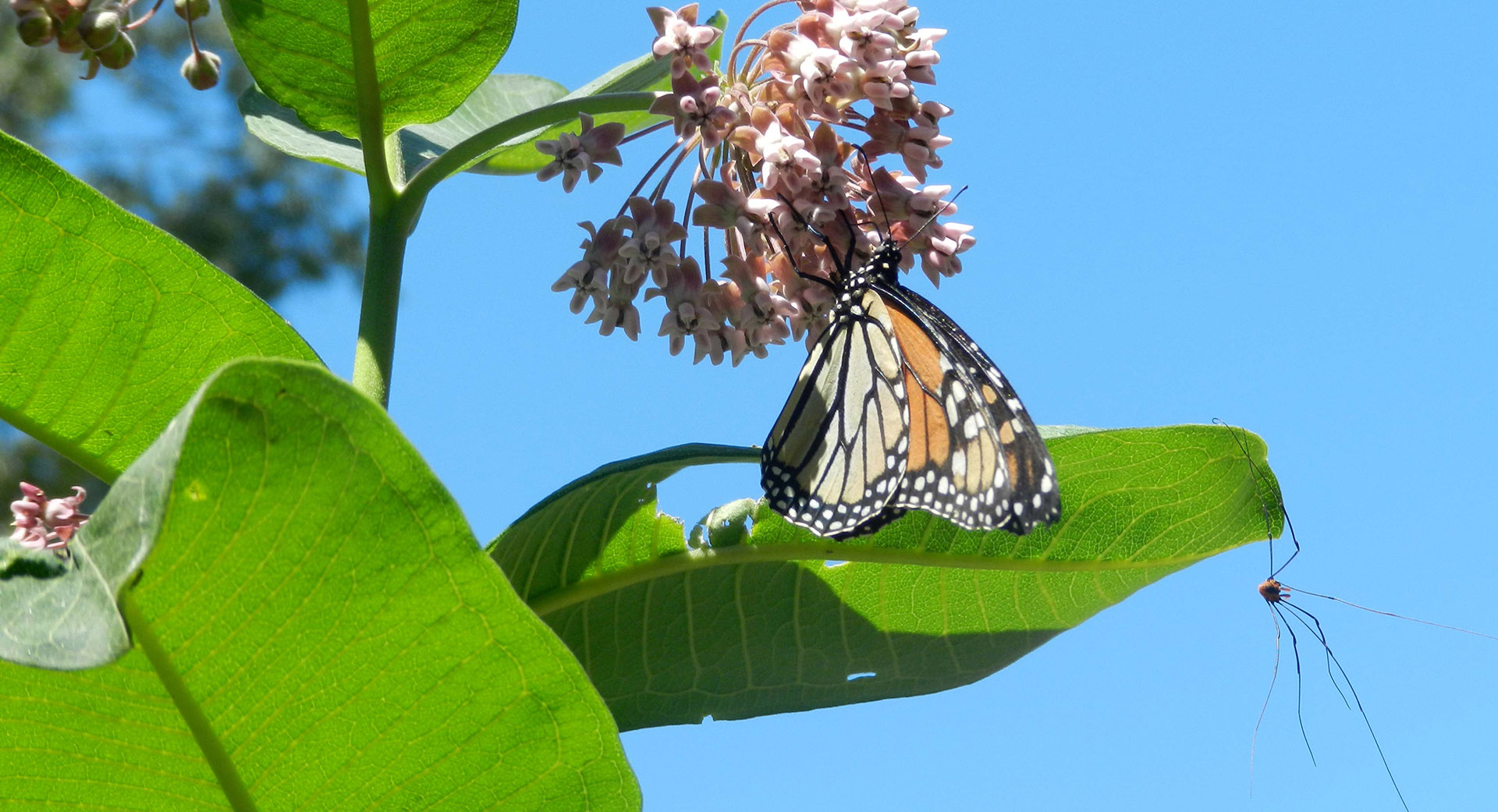The monarch butterfly, once a common garden visitor, is becoming a rare sight.
Their decline has inspired groups on social media for sharing sightings, organizations dedicated to their recovery and the widespread hobby of collecting eggs and caterpillars for raising them in kitchens, garages and backyard tents.
This individually beautiful and collectively extraordinary butterfly is teetering on the brink of being declared an endangered species by the U.S. Fish and Wildlife Service.
Their recovery has been described as requiring all hands-on deck. Many people are turning out to help. Join them by taking a few easy steps and be part of the generation that saves the monarchs.
The declining population of monarchs is attributed to the conversion of their habitat into farm fields, residential housing and commercial developments.
Monarchs require both milkweed, the only food caterpillars eat, and flowers with nectar for the butterflies.
Flowers are easily found in gardens but native species are best for butterflies and pollinators.
Adding a few natives will improve the quality of the nectar and pollen available for bee and butterfly guests. It’s also important for flowers to be blooming in spring and fall when nectar and pollen are in great demand and tends to be less available.
There are three kinds of milkweed monarchs favor and also good candidates for gardens: common, butterfly weed and swamp milkweed.
Each of these has certain soil and moisture preferences, differences in size, shape and color and growth habits but monarchs love them all. The key is to find the one or two that fit with your garden.
The affection people feel for monarch butterflies and the desire to protect them from their natural predators has given rise to bringing eggs and caterpillars in from the wild for raising in safe conditions. Watching the transformation of an egg to caterpillar then into a butterfly is an unforgettable experience; one of nature’s wonders unfolding right before your eyes.
Raising several monarchs in close quarters requires practices for keeping them healthy and limiting the spread of the OE parasite.
This protozoan parasite is easily spread by spores left by infected butterflies on milkweed leaves which when consumed by caterpillars, passes the parasite to the next generation.
Infected monarchs can fail to emerge from the chrysalis or be too weak to spread their wings.
Make this the summer monarchs return to your garden by offering healthy food and safe places for growing caterpillars.
Learn how to raise healthy monarchs at a workshop hosted by the DuPage Monarch Project at 10 a.m. Wednesday, June 15, at the Sheldon Peck House, 355 E Parkside, Lombard.
Kim White, a naturalist and DuPage Monarch Project educator, will share techniques for sending off monarch butterflies with a clean bill of health.
More information about OE and its effects can be found at monarchjointventure.org.

